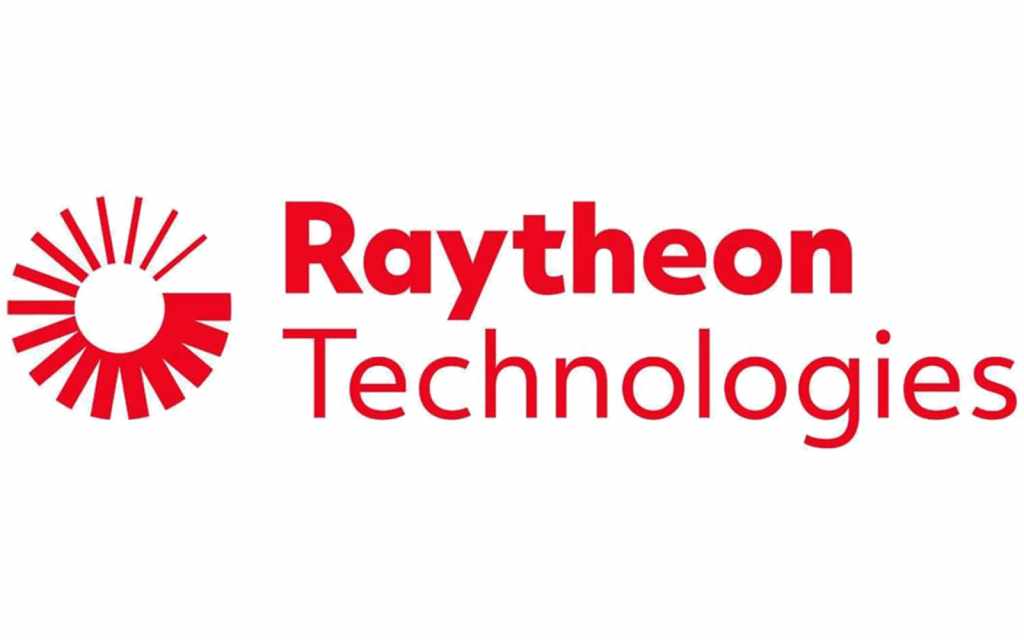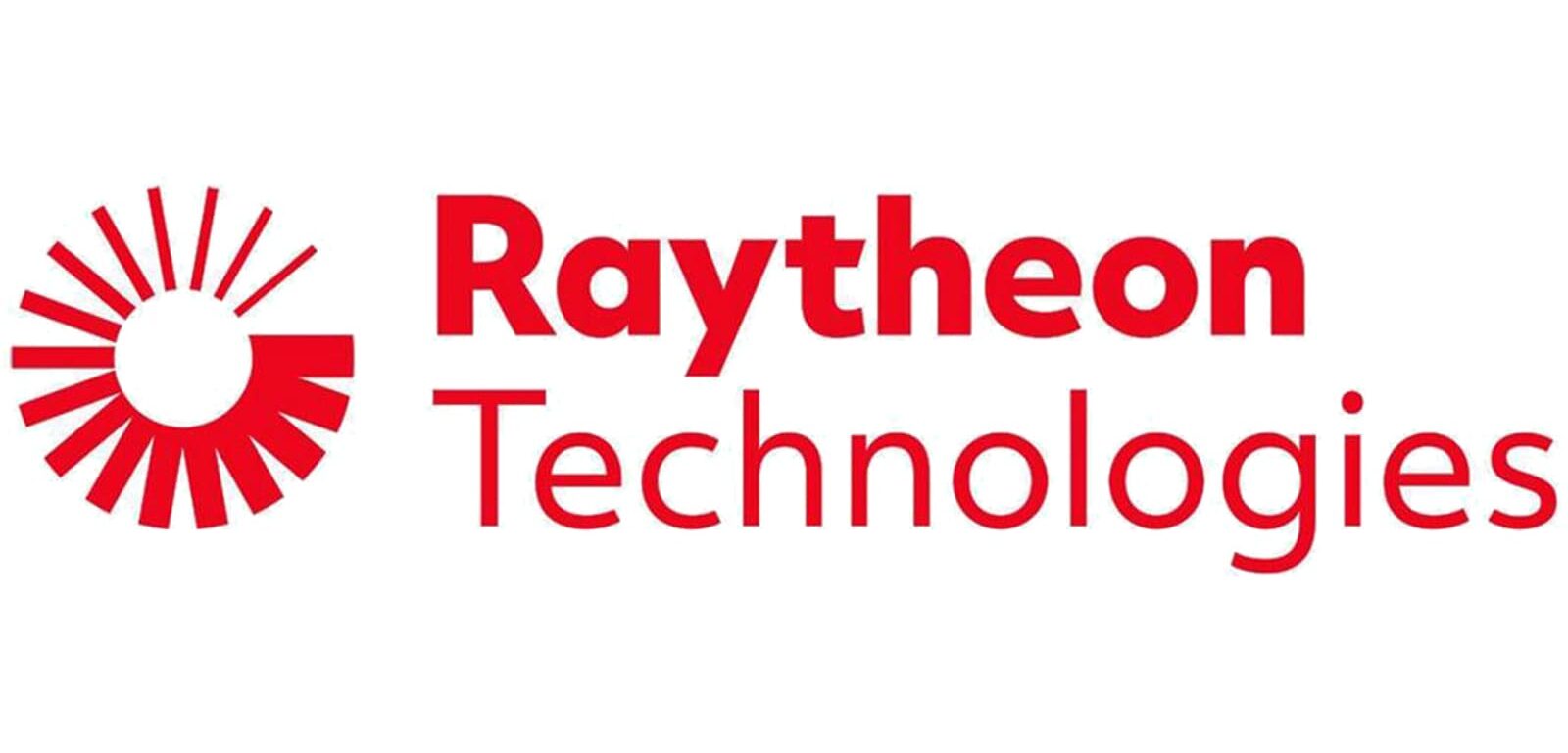
Hybrid electric technologies hold great promise to deliver the fuel economy we will need for the next large commercial engine program. It’s likely by 2035 or sooner that we’ll see the first continental flight powered by a hybrid electric engine, as well as fleets of air taxis in cities around the world, running entirely on electric engines to shuttle people from one part of town to another.
At Raytheon Technologies, theyre aiming to increase the fuel efficiency of conventional gas turbine engines by feeding them supplemental power from electric motors and operating both in smart, optimized combinations throughout different parts of the flight envelope.
Another alternative fuel that has drawn significant attention is hydrogen, which produces no carbon emissions when it is burned. Aircraft manufacturers have started laying out plans for hydrogen-fueled aircraft to enter service in the next 10 to 20 years. And historically, we’ve already shown it’s possible; Pratt & Whitney built an engine that ran on hydrogen in the 1950s.
Collectively, Collins Aerospace and Raytheon Intelligence & Space have been providing and modernizing datalink and enterprise network solutions to support airlines and the FAA. They have also been key players in providing weather information capabilities, including weather sensors and integrated weather processing systems. Together, and depending on the specific airspace environment, traffic conditions, and the capabilities of the aircraft fleet, operational improvements could lead to reductions in aircraft CO2 emissions by up to 10%.

